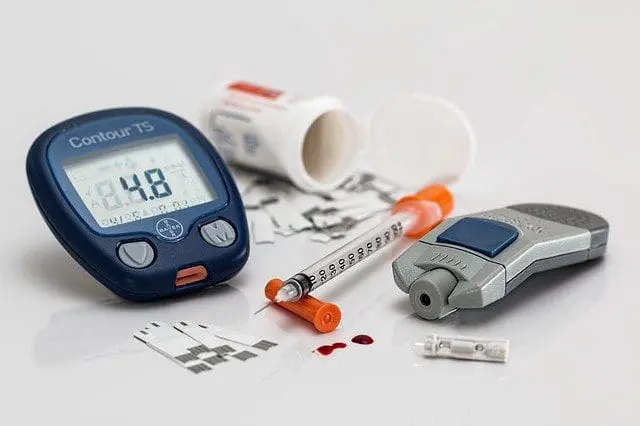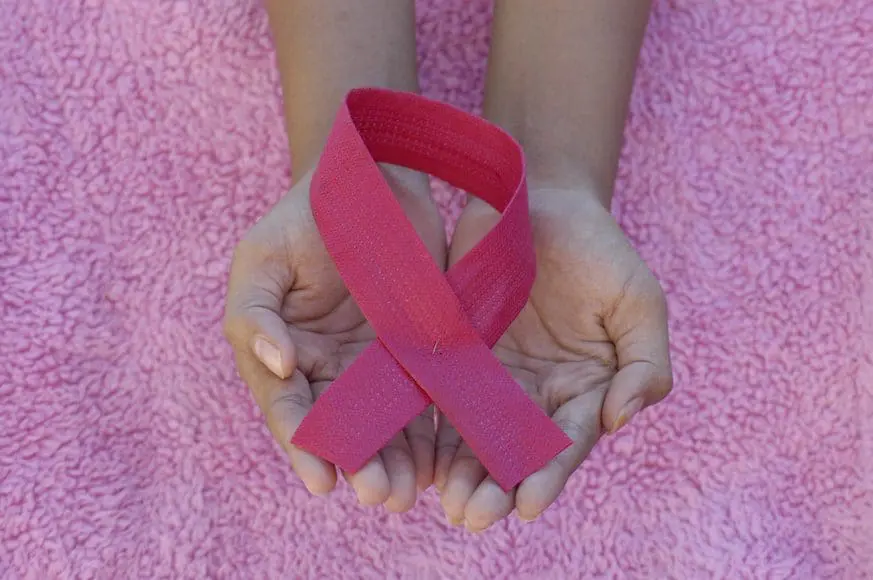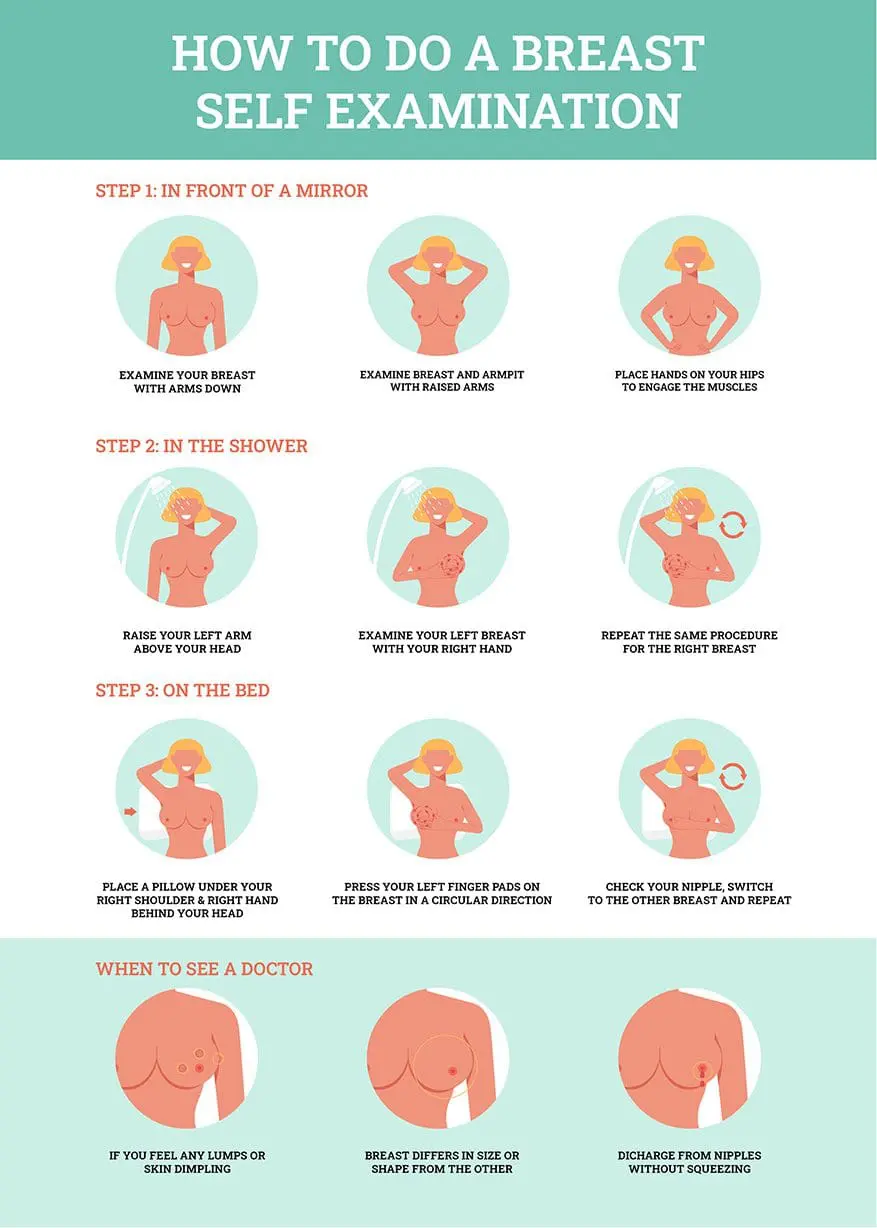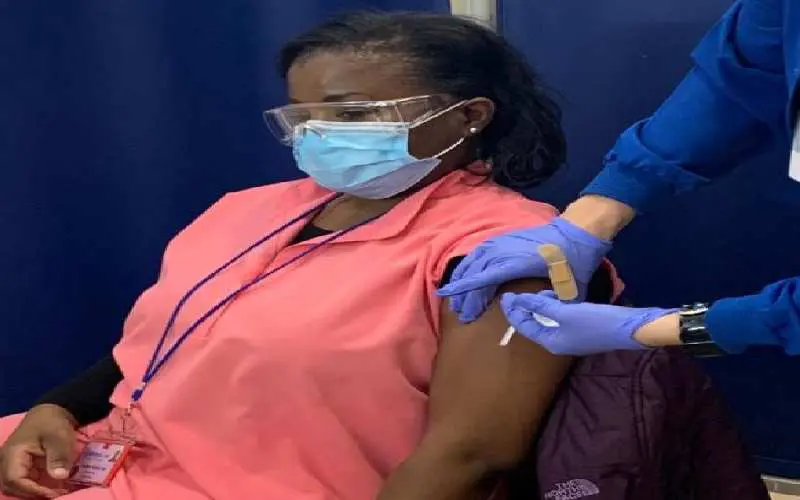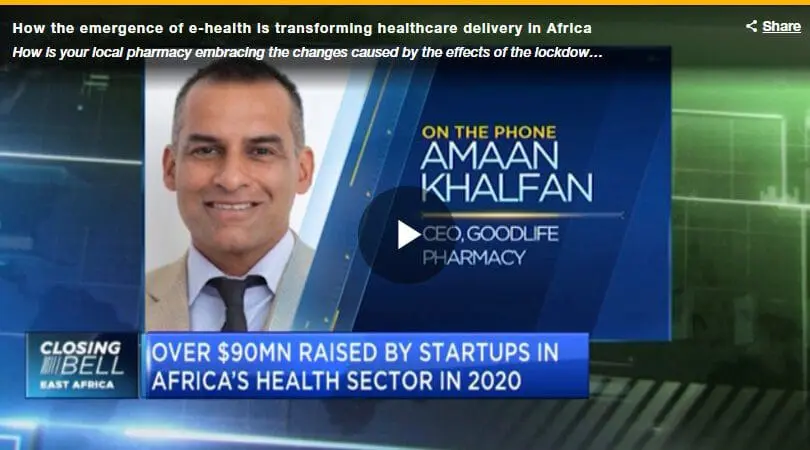
• Eurapharma, CFAO’s healthcare division, becomes a significant minority shareholder in the leading East African pharmacy chain and digital health platform
• Synergies between Eurapharma’s wholesale operations and Goodlife’s retail distribution network to give East Africans better access to quality drugs and services
• Transaction is first partial sale for LeapFrog Investments’ healthcare platform
NAIROBI, Kenya, March 29th, 2022
LeapFrog Investments (“LeapFrog”) today announced that it has sold nearly 30% of its shareholding in Goodlife Pharmacies (“Goodlife”), East Africa’s leading healthcare and retail pharmacy chain, to Eurapharma (“CFAO Healthcare”), the healthcare division of the CFAO Group and a foremost wholesale distributor of quality pharmaceuticals in Africa, where it owns and operates subsidiaries in 23 countries.
A Fortune Impact 20 company, Goodlife was established in 2014 and has grown into the largest private pharmacy chain in East Africa, with nearly 100 locations in Kenya and in Uganda that reach 1.7 million people.
This transaction will be the first partial sale for the LeapFrog healthcare team, investing out of LeapFrog Emerging Consumer Fund III, which launched in 2017. LeapFrog first invested in Goodlife in 2017, and will remain the majority shareholder, while bringing on board an experienced pharmaceutical group with the expertise to help take Goodlife to even greater heights. In a separate transaction announced earlier this month, Goodlife raised US$12 million in debt financing from Proparco, the French Development Finance Institution.
Focus on innovation has enabled Goodlife to rapidly transform from a traditional brick-and-mortar pharmacy chain to an integrated, omnichannel health hub. Its holistic services include basic laboratory diagnostics and telemedicine services through key partnerships, loyalty programs, and a comprehensive digital platform. During the pandemic, it has also developed a digital e-commerce platform to better serve patients.
Building on this success, Goodlife has an ambitious expansion plan, aiming to operate more than 250 stores by 2025 and to broaden its reach to over 8.5 million people, half of whom earn between $2-10 per day. Goodlife will intensify its social impact through the launch of a new format and brand offering specifically designed for lower-income populations.
To execute the expansion plan, Goodlife has sought a strategic partner in CFAO Healthcare, which is entering Goodlife as its 2nd-largest shareholder with a 30% stake.
The combination of Goodlife’s retail pharmacy network & brand, and CFAO Healthcare’s existing wholesale distribution capabilities & portfolio products will create strong synergies beneficial to the business, the market, and the general public. The vision is for Goodlife to become an African champion in the retail pharmacy & healthcare space.
“Goodlife has built strong brand recognition in East Africa,” said Goodlife’s CEO, Amaan Khalfan. “We hope to offer all East Africans affordable and accessible high-quality medicines and grow our operations to offer more jobs, better healthcare, and more sustainable supply chains. Eurapharma’s investment in Goodlife strengthens our ability to provide reliable healthcare products and superior customer experience through our pharmacy network and via our digital platform – an element which enabled continued access to critical healthcare products through the pandemic. Goodlife Pharmacy will continue to work in marginalized areas, taking the same quality of care and providing products at the right price points for these markets. In addition, we will be working with local Kenyan manufacturers to create additional demand for Kenyan manufactured pharmaceuticals.”
Jean-Marc Leccia, CEO at CFAO Healthcare, said, “For the past decade, Eurapharma/CFAO Healthcare has been actively pursuing a strategy of value-chain integration, first upstream with our entry into the pharmaceutical manufacturing industry, and now downstream with the Goodlife transaction. This is the first step towards establishing CFAO Healthcare as a major retail pharmacy player in Africa. By being an integrated operator across pharmaceutical manufacturing, wholesale, and retail distribution, we’ll be able to better serve our partners and, more importantly, African patients. Always with the same unwavering goal of contributing to the improvement of healthcare outcomes throughout the Continent.”
“We are delighted to join hands with CFAO Healthcare for this significant milestone for Goodlife,” said Dr. Felix Olale, Partner and Co-Head of Global Healthcare Investments at LeapFrog. “Their investments will help realize our collective vision of creating a healthcare ecosystem that addresses consumer needs across categories in a unified, vertically integrated, and digitally-enabled manner. At its core, Goodlife is addressing the accessibility gap to high-quality, affordable healthcare products and services across East Africa. This new chapter in Goodlife’s journey will continue to improve healthcare at scale in the region.”
About Goodlife
Goodlife Pharmacies is the largest pharmacy chain and health hub in East Africa, reaching 1.7 million people with access to essential medicines across nearly 100 locations in Kenya and Uganda. Goodlife provides trusted pharmaceuticals and high-quality over-the-counter medicines to its patients, as well as individual customer care, beauty and personal care products, and digital and home delivery services. Goodlife was founded in 2014 and since its inception, the Company has worked to lower the barriers for patients to access high quality healthcare in the region to receive world-class services, medicines, and experience. Through this approach, Goodlife is having a direct impact on the quality of life and wellness of East Africa’s growing population and revolutionizing how healthcare is delivered in the region. For more information, go to: www.goodlife.co.ke
About CFAO Healthcare
Previously known as Eurapharma, CFAO Healthcare is a leader in the African pharmaceutical market. It handles distribution of pharmaceutical products and medicines in more than 23 countries in Africa through a streamlined supply chain, ensuring integrity every step of the way, from warehouse to pharmacy. In addition to its services as a wholesaler-distributor and agent for world-renowned laboratories, Eurapharma also produces licensed drugs in Morocco and Algeria. Its commitment to the continent promotes employment based on local skills and the innovations of international pharmaceutical companies. For more information, go to: www.cfaogroup.com and www.eurapharma.com.
About LeapFrog
LeapFrog invests in exceptional businesses in Africa and Asia, partnering with their leaders to achieve leaps of growth, profitability and impact. Founded in 2007, LeapFrog’s companies now reach 261 million people across 35 countries with healthcare or financial services. LeapFrog investee companies have also grown on average at 26 per cent annually from the time of investment. They now provide jobs and livelihoods to 130,000 people. Inspired by LeapFrog’s strategy of Profit with Purpose, LeapFrog has raised over US $2bn from global institutional investors, including $500m recently committed by Temasek to LeapFrog and future funds. LeapFrog was ranked by Fortune as one of the top five Companies to Change the World, alongside Apple and Novartis, the first private investment firm ever listed. For more information, go to: www.leapfroginvest.com.
Media Contacts
Paul Cohen
Milk & Honey PR
paul@milkandhoneypr.com
+1 718 715 2107


